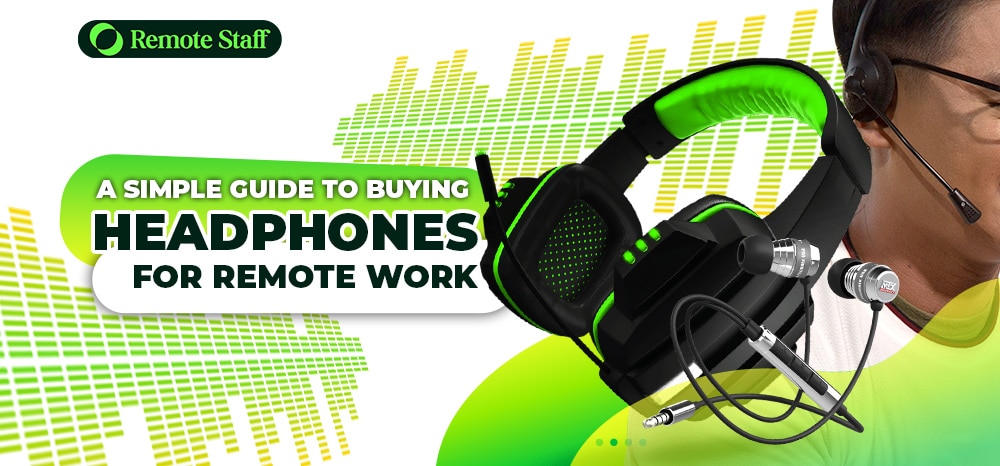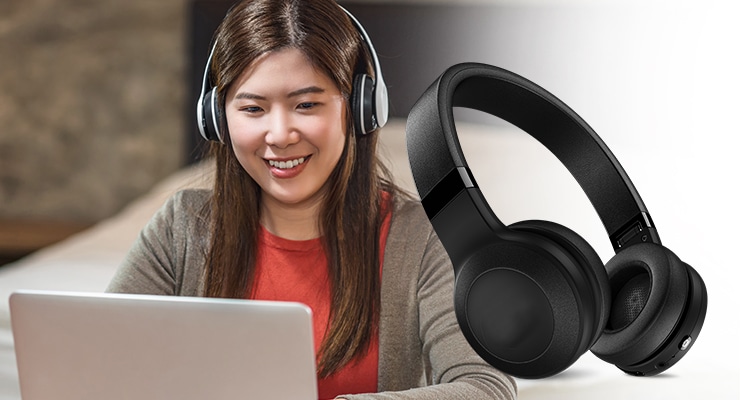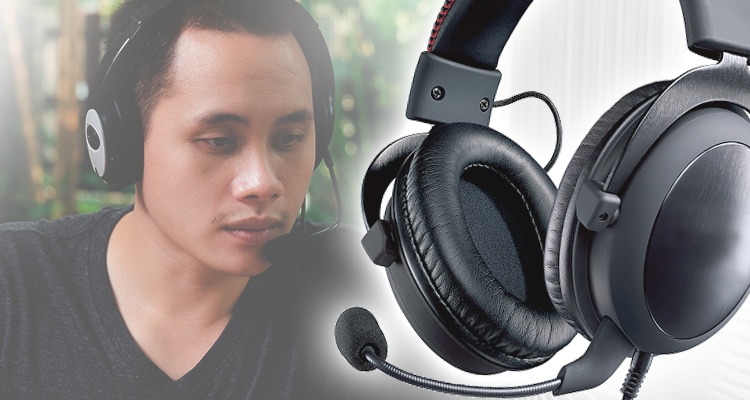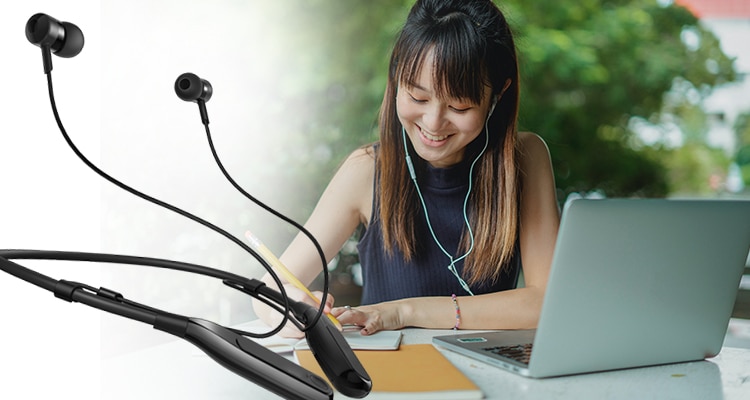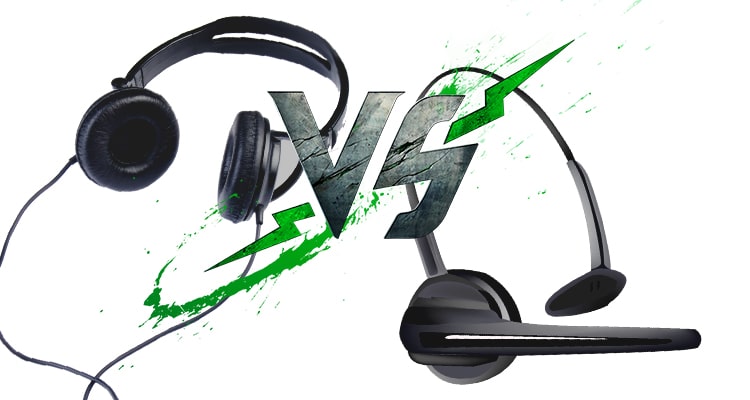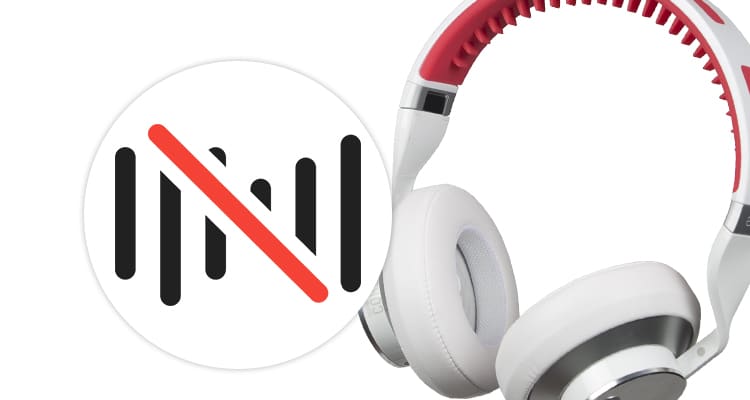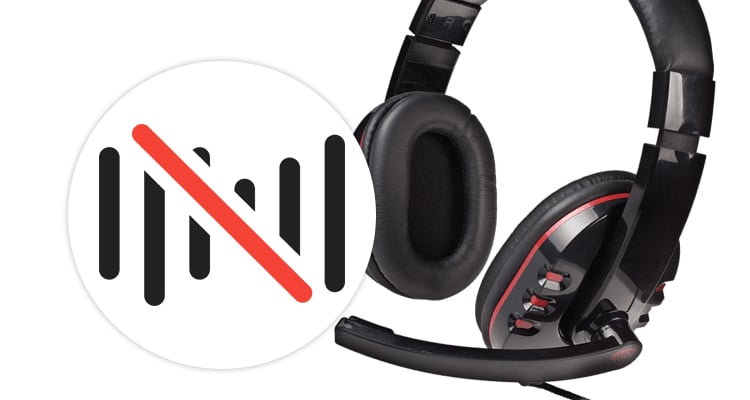Looking for the right headphones for remote work is quite challenging. With all the options out there, which one should you choose? What features should you look for?
Well, we’re here to make your search easier. Here’s a simple guide to buying headphones for remote work:
Choosing the Type of Audio Device
The term “Headphones” is used interchangeably for types of listening devices and there are different types for different preferences.
Headphones
Let’s start with headphones. Though used as a general term, headphones are also a specific type of listening device.
Headphones are pairs of small loudspeakers that are worn on-ear or over-ear. Generally, headphones have better sound quality because of how it covers your whole ear.
Headphones are suitable for remote jobs that need more sound clarity like video editors or sound engineers. It’s also more comfortable to wear for longer hours. The downside is that they can be bulky and harder to lug around.
Headsets
On the other hand, headsets are similar to headphones in terms of how you wear them. The difference is that headsets have an external microphone attached to them.
The placement of the mic is near the mouth, so generally, it’s better for calls. Most customer service jobs and telemarketers use headsets while on the job.
It allows them to type in information while listening and speaking to their customers. But as with headphones, they can be bulky and less portable.
Earphones
If you want something more portable, earphones might be for you. Earphones are small loudspeakers that fit into your ear canals. Usually, they have additional ear tips for different ear sizes as well. These serve as a cushion to protect your ear linings.
Earphones also have better noise cancellation than earbuds because of their fit.
Due to their small size, earphones are excellent for remote workers working in coworking spaces or as a digital nomad. Furthermore, they are usually less expensive than headphones.
While headphones have better sound quality, some of the more advanced earphones can also hold their own in this regard.
Earbuds
Another option are earbuds. Similar to earphones in size, the earbuds are the cheapest among the options — some are even given away for free when you buy gadgets.
The main difference is that they don’t have ear tips because they sit outside the ear canals. The drawback is that they tend to slip more because of the one-size-fits-all design.
But they are a good buy for those seeking a low-cost option.
Bluetooth vs. Wired
Now that you’ve picked the type of headphones, it’s time to choose between a wireless or wired audio version of the device.
Typically, wired headphones are cheaper than Bluetooth ones. But wired headphones still have advantages.
For one, you don’t need to charge it. So you can use it for longer hours — handy for customer service representatives or telemarketers.
Also, you don’t need to worry about the device disconnecting because of faulty Bluetooth signals. Most have better audio quality as well.
On the other hand, bluetooth headphones provide convenience. And since they don’t require an audio jack, they’re compatible with most devices.
Noise Cancellation
Have you ever wished your surroundings were quieter – especially when you’re working in a cafe or if your home is adjacent to a construction site? The right headphones can help with that.
This is where your headphones’ noise cancellation feature comes in. But you have to choose between 2 types of noise cancellation — active and passive.
Passive noise cancellation reduces high frequency noise with its physical design. For example, your earphones completely block the ear canals. With this, you will hear less external noise.
But sometimes, that’s not enough. This is why active noise cancellation (ANC) was invented.
Active noise cancellation reduces outside frequencies with a specific algorithm. It picks up the unwanted noise, analyzes it, and then plays an opposite sound to cancel out that noise.
It’s quite high-tech! But note that headphones equipped with ANC come with a steep price tag.
Noise-canceling Microphones
Isolating the noise you hear is one thing. But how about what your client hears on the other end?
Most headphones today are equipped with a microphone. But is there a way to filter out the external noise from what you’re saying? Luckily, there is!
For this, there are 2 types of built-in noise canceling microphones — active and passive.
Passive noise canceling microphones rely on the physical barriers to block out the noise, such as foam. Usually, these are more present in headsets.
On the other hand, there are also active noise canceling (ANC) microphones. They pick up the background noise from your speech and then analyze it so it can use an algorithm to mask unwanted noise.
Built-in ANC microphones cost a lot. So if you’re on a budget, better stick to headsets.
So what headphones will you buy for your remote working career?
And if you don’t have an online job yet, you can sign up with Remote Staff for the best online job listings for Filipinos.
Remote Staff offers long-term remote working careers depending on your skills.
And when you equip yourself with the proper tools like the right headphones, you’ll surely be more productive for your clients. Cheers!

